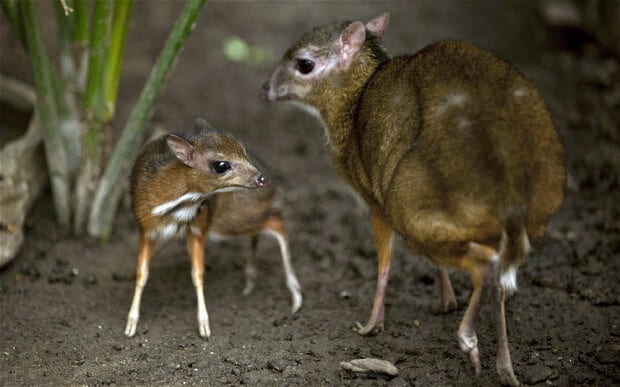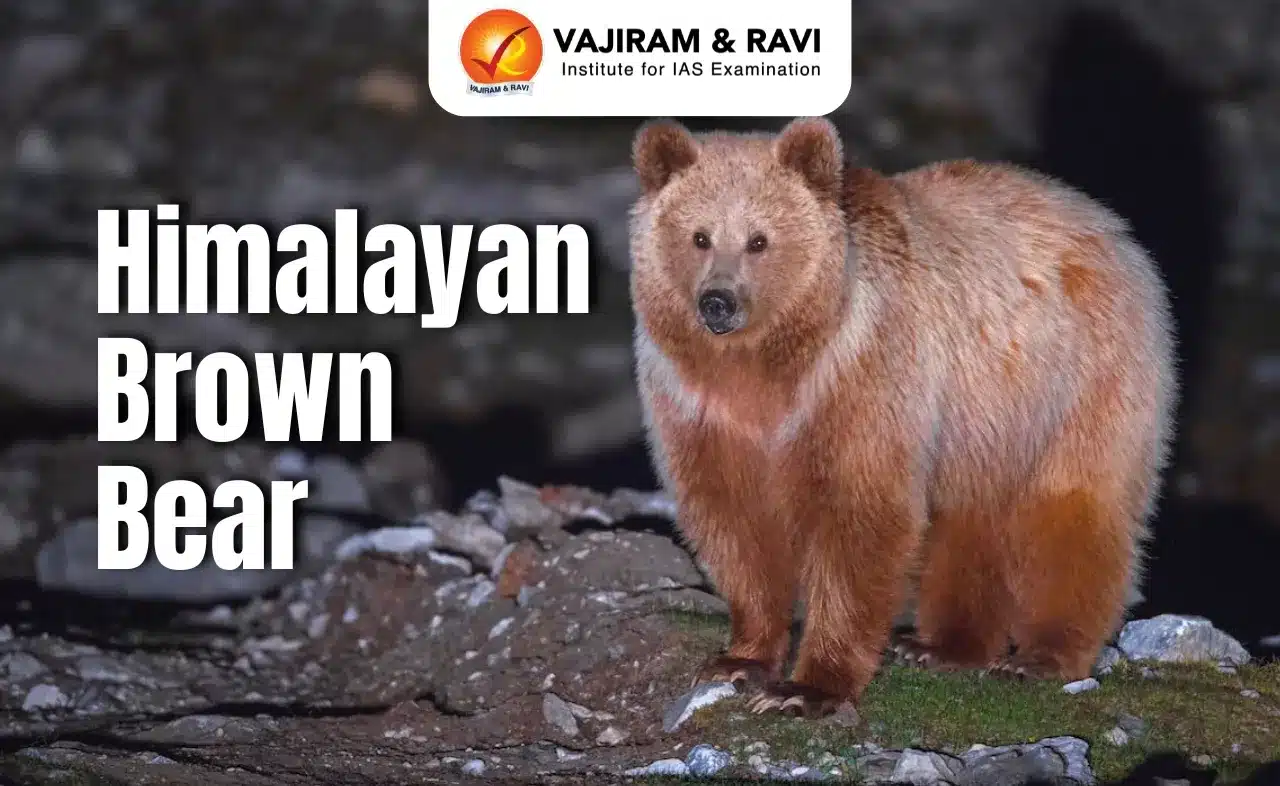About Kanger Valley National Park:
- Location: It is located in Jagdalpur in Bastar district of Chhattisgarh state.
- The National Park derives its name from the Kanger River, which flows centrally from the Northwest to the Southeast direction.
- It got the status of a national park in the year 1982.
- Topography:It is noted for its highly heterogeneous land formations ranging from low flat and gentle areas to steep slopes, plateaus, valleys, and stream courses.
- It is home to three exceptional caves – famous for their amazing geological structures of Kutumbasar, Kailash and Dandak- Stellagmites and Stalactitees.
- National Park is known for the presence of underground limestone caves with dripstone and floston. The stalegmites and stalactite formation is still increasing.
- Tirathgarh Waterfall is located in Kanger Valley National Park.
- Vegetation: It is distinguished blend of mixed moist deciduous type of forests with the predominance of Sal, teak and bamboo.
- Fauna:
- Major wild animals include tigers, mouse deer, leopards, wildcat, sambar, chital, barking deer, langurs, jackals, rhesus macaque, flying squirrel etc.
- The areal fauna at the park consists of common hill myna, red jungle fowl, spotted owlet, racket-tailed drongos, parrots etc.
Key facts about rare Indian Mouse Deer or Spotted Chevrotain:
- It is the smallest deer in India and is highly nocturnal.
- Scientific Name: Moschiola indica
- Distribution:
- It is endemic to the Indian subcontinent.
- It is mainly found in peninsular India with some old records from Nepal.
- Sri Lanka has a separate species called spotted chevrotain (Moschiola meminna).
- Within India, it is commonly encountered in a number of forest areas along the Western Ghats, in the Eastern Ghats up to Orissa, and in the forests of central India.
- Features:
- It is small, 25-30 cm at shoulder height, and weighs from two to four kg.
- A unique feature of this group is that instead of four-chambered stomach like in other ruminants, they have a three-chambered stomach.
- It forages on forest floor for fruits, roots, leaves and herbs.
- It has occasionally been observed eating insects, crustaceans and even small mammals.
- Conservation Status:
- IUCN: Least Concern
Q1) What is a National Park?
The national park is an area that is strictly reserved for the betterment of the wildlife and biodiversity, and where activities like developmental, forestry, poaching, hunting and grazing on cultivation are not permitted. The government can declare an area as a national park with adequate ecological, geo-morphological and natural significance.
Source: Rare Indian mouse deer spotted in Kanger Valley National Park in Chhattisgarh
Last updated on June, 2025
→ UPSC Notification 2025 was released on 22nd January 2025.
→ UPSC Prelims Result 2025 is out now for the CSE held on 25 May 2025.
→ UPSC Prelims Question Paper 2025 and Unofficial Prelims Answer Key 2025 are available now.
→ UPSC Calendar 2026 is released on 15th May, 2025.
→ The UPSC Vacancy 2025 were released 1129, out of which 979 were for UPSC CSE and remaining 150 are for UPSC IFoS.
→ UPSC Mains 2025 will be conducted on 22nd August 2025.
→ UPSC Prelims 2026 will be conducted on 24th May, 2026 & UPSC Mains 2026 will be conducted on 21st August 2026.
→ The UPSC Selection Process is of 3 stages-Prelims, Mains and Interview.
→ UPSC Result 2024 is released with latest UPSC Marksheet 2024. Check Now!
→ UPSC Toppers List 2024 is released now. Shakti Dubey is UPSC AIR 1 2024 Topper.
→ Also check Best IAS Coaching in Delhi
























